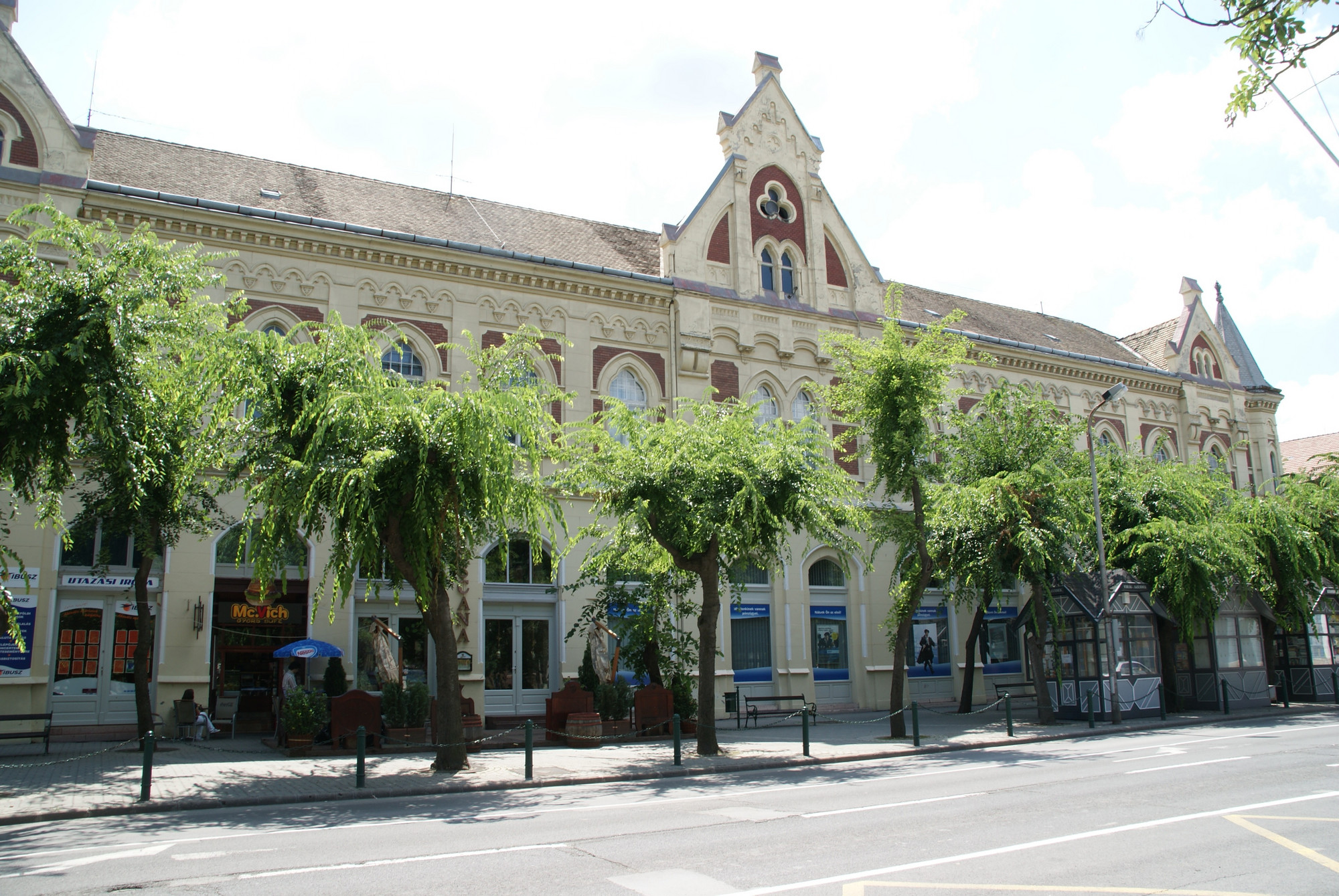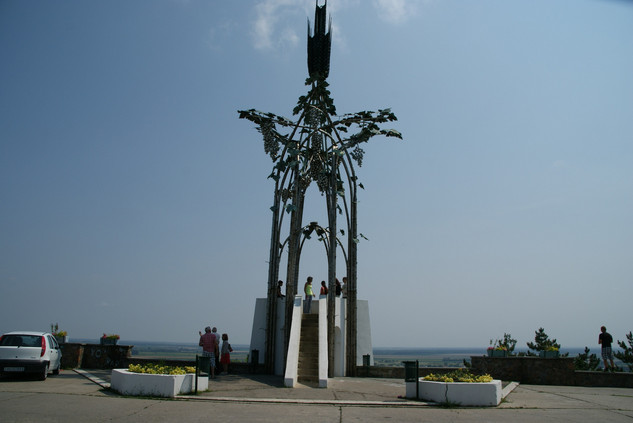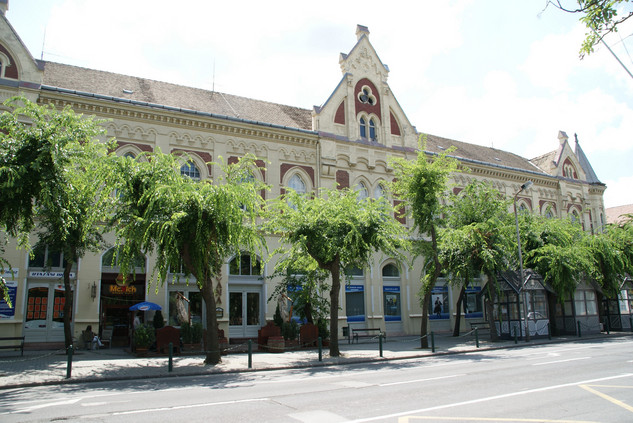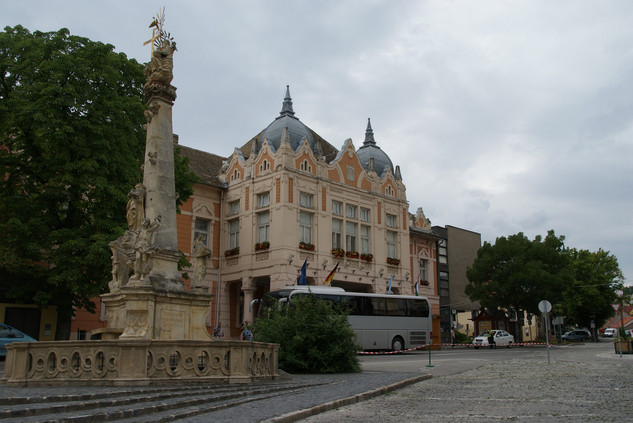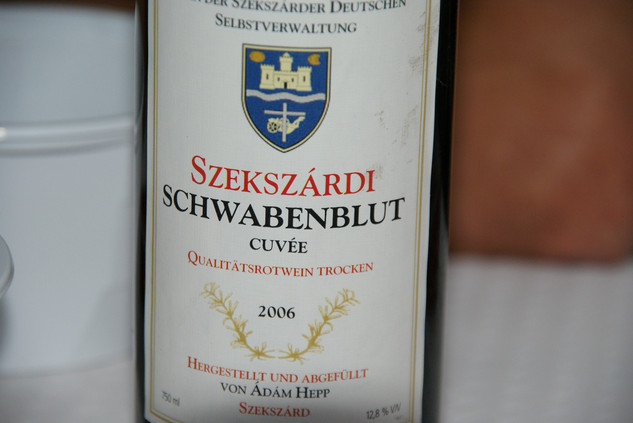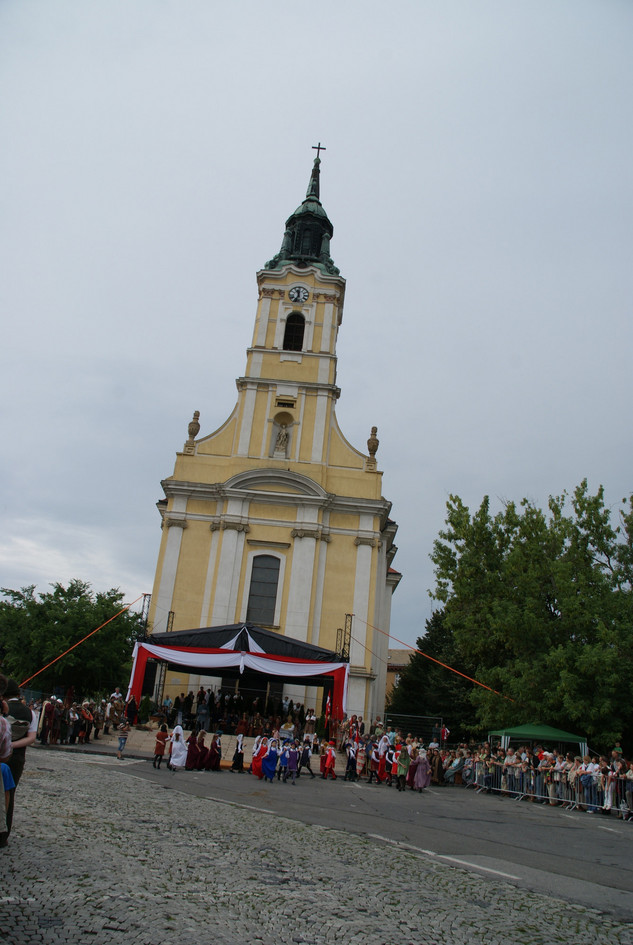Szekszàrd, Hungary
Partnership since: 1989
Population: approx. 37.000
Location: The city is located around 150 kilometres south of Budapest.
County: Tolna
Region: Südtransdanubien
Deputy Mayor: Janos Gyurkovics
Website:www.szekszard.hu
Contact:postmaster[at]szekszard.hu
Establishing the partnership
In 1989 the previous mayor, the honorary citizen of Szekszárd, retired mayor Manfred List and the then mayor of Szekszárd, Janos Kovacs (†), entered into a partnership after an unanimous decision in the municipal councils of both cities. The impetus for this was provided by a citizen from Bietigheim-Bissingen, Adam Leicht (†). He came from the Tolna region, from Aparhant, and had already made an initial proposal in 1985 to establish friendly contacts. In 1985, retired Mayor Manfred List, Adam Schäffer, a Hungarian-German and at the time a local councillor in Bissingen and Adam Leicht went to Szekszárd for the first time and held initial talks that were sealed on May 27, 1989 in Bietigheim-Bissingen with the signing of the partnership document. The Bartina dance group at the State Garden Show was part of the celebrations. Since the partnership was founded in 1989 the Catholic Church of Bietigheim-Bissingen has maintained a partnership that continues to this day.
History
Extensive archaeological finds prove a settlement by the Celts and Romans. The importance of the place for the Roman Empire is evidenced by the Limes on the right bank of the Danube, an army road and a military camp called Alisca. At the time of the Great Migration, the Huns, Lombards, Avars and Hungarian tribes lived here. Szekszárd was first mentioned in the foundation letter of the Pécsvarad Abbey with the name Sagard. In 1061 King Béla I founded a Benedictine monastery, the foundation walls of which can be seen in the courtyard of the county house.
In 1538, the Turks invaded the city. When, after decades of armed conflict, the imperial armies liberated the city from the rule of the Turks in 1668, 12 families were left, the area devastated and the wine culture destroyed. In the 18th century, the area was repopulated by southern Slavs and by Germans. Despite a bad plague epidemic, the city experienced a steady upswing from now on. In 1779, it was appointed the administrative seat of Tolna County.
In the 19th century, this function provided the main impetus for urban development and the entire infrastructure. The connection to the railway network in 1883 also had a positive effect on trade and traffic.
Szekszàrd today
The city offers many idyllic parks, but also promenades in the city centre with nice restaurants and cafes. The promenades offer a wonderful view of statues and baroque buildings. The wide streets and the renovated historical buildings create a picturesque atmosphere.
Viticulture is still an important industry today. There are around 4.500 wine cellars in the city. Many residents own a vineyard and enjoy maintaining the proverbial Hungarian hospitality in their press houses.
Cellar cooperatives and trade organizations ensure the distribution of good Szekszárd wines. After Szekszárd, a wine-growing region that is well known beyond the borders, which is surrounded by seven hills, has its name. The typical vine for this region is the Kadarka vine, which comes from Dalmatia. The red wine of the Szekszárdi bikavér (Szekszárder bull's blood), which is made from three grape varieties typical of this region, including the Kadarka grape, is best known.
Industry did not come into play until this century: mainly food and light industries as well as mechanical engineering companies are active today.
Attractions
Bélaplatz – This is the centre of the city, marked by four striking buildings: the inner-city parish church, built at the end of the 18th century; the baroque Trinity Column, which was erected in 1753 to commemorate the devastating plague epidemic; the county house; as well as the town hall.
The birth house of the poet and writer Mihály Babits (1883-1942), now a museum.
County Museum
County house - there is a memorial exhibition for Franz Liszt.
Wine museum
Gemencer Wald – the forest is one of the most important natural monuments of Hungary.
Lookout tower - after a few minutes' drive (also reachable on foot) one can reach the lookout tower created by the sculptor István Kiss, which offers a bird's eye view of Szekszárd. The sculpture symbolizes viticulture, which is so import to Szekszárd.
Culture opportunities
Gingerbread Museum
Archaeological finds can be found in the Mór Wosinsky Museum.
Partnership connections
Music school
Catholic Church Kirche Zum Guten Hirten
Ellental High Schools
Handball Seniors of the TSV Bietigheim
Choir Association Bietigheim
Bietigheim sports association for the disabled and rehabilitation
Visits by delegations from the municipal council


